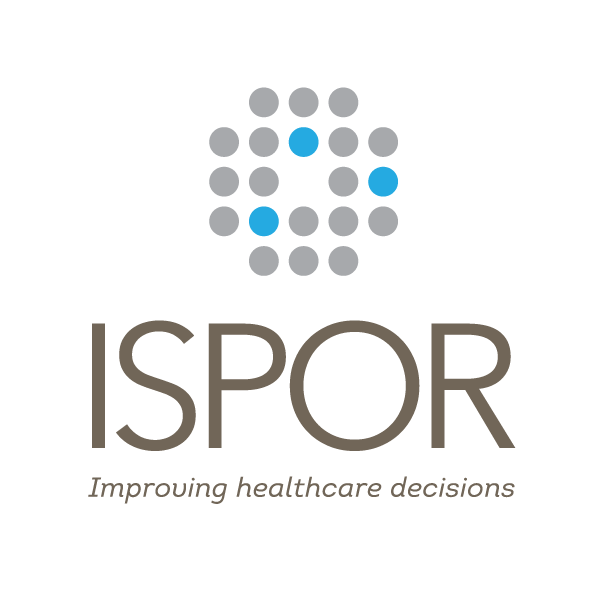Newswise — Princeton, NJ, USA, May 18, 2015 – Nearly a decade ago, the vision of the “Learning Health Care System,” a system by which research is integrated rapidly into clinical practice based on electronic health records (EHR), was established. Speakers at the 20th Annual International Meeting of the International Society for Pharmacoeconomics and Outcomes Research (ISPOR), held May 18th to 20th in Philadelphia, discussed the status of the Learning Health Care System in their first plenary session, entitled “Taking Stock of the Learning Health Care System: What Have We Achieved and Why Does it Matter?”
“The vision for a learning health care system is evidence-based, value-driven and patient-centered,” said plenary session moderator Penny Mohr, MA, Senior Program Officer, Improving Healthcare Systems, Patient-Centered Outcomes Research Institute (PCORI). “This includes drawing on best evidence to provide care, learning to deliver what is of most value while emphasizing prevention and health promotion. Patient-centered means providing the care most appropriate for each patient.”
According to Mohr, optimists and critics of the vision offer differing opinions on its progress. “The optimists say that patients are engaged and that data is being integrated into practice and into clinical trials,” she explained. “The critics say that the ‘aggregate research capacity is very thin’ and that some patients restrict access to their electronic medical records.”
Sarah Greene, MPH, Associate Director, CER Methods and Infrastructure, also at PCORI, said that what was needed to build a true and rapid learning health care system was both ‘will and skill.’ “There is a steep hill to climb,” Greene told attendees. “We want research to add value, but the value proposition is relative. We need to consider what changes and trade-offs are needed to be able to more seamlessly integrate research and practice, and consider what those investing in such a system will get in return.”
Greene discussed the development of PCORI’s PCORnet, a systemic network that will enable rapid, large-scale, patient-centered clinical research in the real world. “It will be the world’s first network infrastructure to be based primarily on EHR data rather than claims data,” promised Greene.
Lewis G. Sandy, MD, FACP, Senior Vice President, Clinical Advancement, United Health Group in Minneapolis offered suggestions and caution. He noted that 30 percent of US health care spending is “waste” and that purchasers, both public and private, are demanding action.
Regarding the Learning Health Care System, Sandy said that the playbook is known, but there needs to be better execution, adding that the Learning Health Care System might be “too organizationally focused rather than network focused” and that building a better bridge is necessary. Sandy said that he liked the concept of PCORnet while advocating for better measurement alignment and clinical alignment.
Sachin H. Jain, MD, MBA, Chief Medical Officer, CareMore/Anthem and Lecturer in Health Care Policy, Harvard Medical School, looked at the issue of building a Learning Health Care System at two levels – the ‘change layer’ and the ‘reality level.’ “Change is often too slow,” he said, suggesting that at times where there is smoke there is no real fire below. “We need to close the gap between the possible and the actual, between best science and best practices.”
Sometimes change is just “window dressing,” he said, adding that when it comes to change, the federal government undergoes change better than other entities, and does so with “speed and accountability” based on urgency.
“What are the obligations of us who exist within the change layer?” he asked. “How can we make the change layer more impactful in reality? How can we not waste this special moment in history where so many stars seem to be aligned for building that Learning Health Care System that we so need?”
Jain pointed toward paying more attention to the “site of delivery” and to create a clinical and business culture where innovative ideas are encouraged that can challenge the status quo, even while others cling to the status quo.
“We have all the ingredients - the right policy definitions, the right technologies, and the right talent in this room - to build the Learning Health Care System we all see as possible,” he concluded. “But we still need to narrow the gap between the change layer and the reality layer.” #ABOUT ISPORThe International Society for Pharmacoeconomics and Outcomes Research (ISPOR) global headquarters are located near Princeton, NJ, USA. ISPOR is the world’s largest professional organization focused on pharmacoeconomics and outcomes research. Its total membership exceeds 18,000 from 114 countries worldwide. To learn more about the educational and scientific resources ISPOR offers, or to become a member, please visit: www.ispor.org. Media Contact: Danielle Mroz, MA, Director, Communications, ISPOR ([email protected]).
